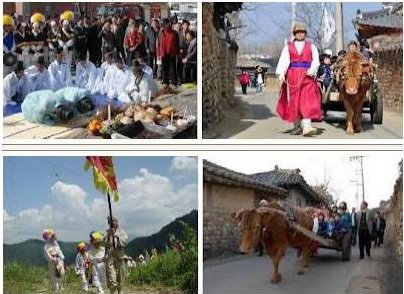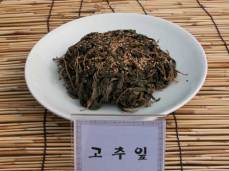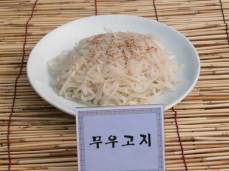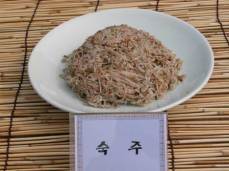Dano is the 5th day of the 5th lunar month, and is also called the Suri day or the Chunjungjul. The origin of Dano is said to go back to ancient China during the days of King Hwe and the Cho Dynasty. A subject named Gulwon, after falling into the traps of the treacherous, commits suicide at Myuklasu to demonstrate his faithfulness. This took place on the 5th day of the 5th lunar month. Since then, memorial services for Gulwon have taken place every year. This custom conveyed to Korea to become Dano.
Costoms
Washing one’s hair with Changpo water
In traditional societies, women cut the roots of Changpo and made them into hairpins to prevent headaches. This custom, also called Danojang, included washing one’s hair in Changpo-boiled water to add extra shine on hair.
Marriage under the Jujube Tree
As a method for praying for an abundant year of farmhouse production, people stuck rocks between the roots of a jujube tree. This tradition is called Marriage under the Jujube Tree.
Wrestling and Swing Jump
Swing jump is a popular game between women during Dano. On the other hand, Korean style wrestling, also known as Ssireum, is very popular with men. As a custom, the winner of the Ssireum competition is awarded with a bull.
Dietary Customs
Suritteok and Yaktteok are the major dishes for the Dano season. Mugwort leaves are cooked and put into non-glutinous rice and kneaded together to make a green and cartwheel shaped Suri rice cake. Yaktteok are rice cakes that are made with various weeds and can be found in the South Jeolla Province. During the Dano season where cherries flourish, many people enjoy cherry punch and children eat fried rice and corn for snacks. In addition, memorial services implemented this day are decorated with newly made mugwort rice cakes.

Surichwijeolpyeon



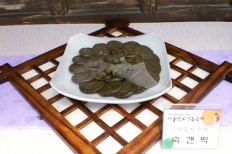
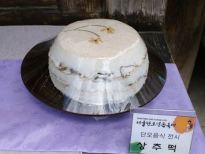



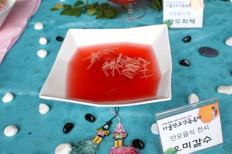












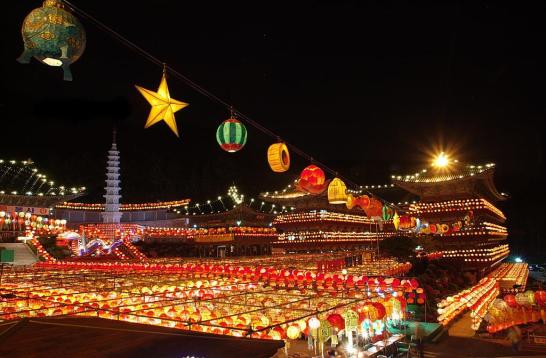

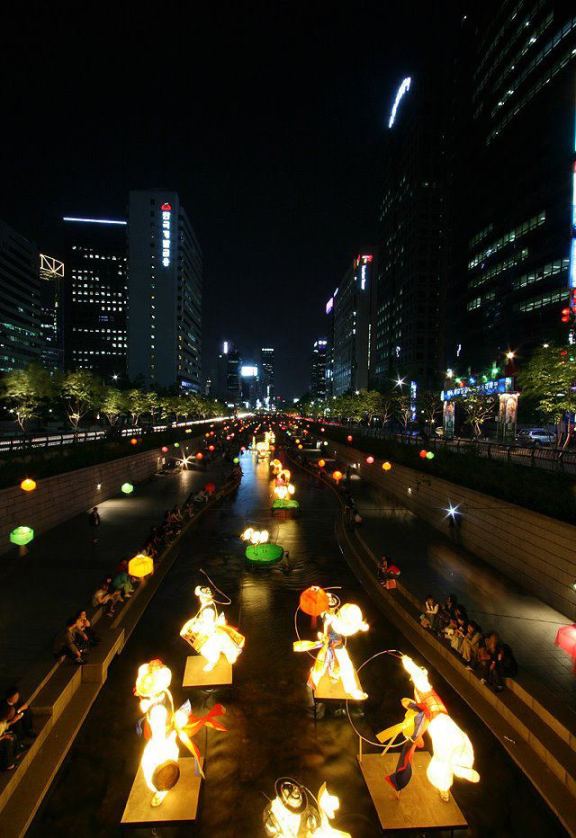
![Yaksik[5]](https://weyesweb.files.wordpress.com/2012/03/yaksik5.jpg?w=314&h=260)









